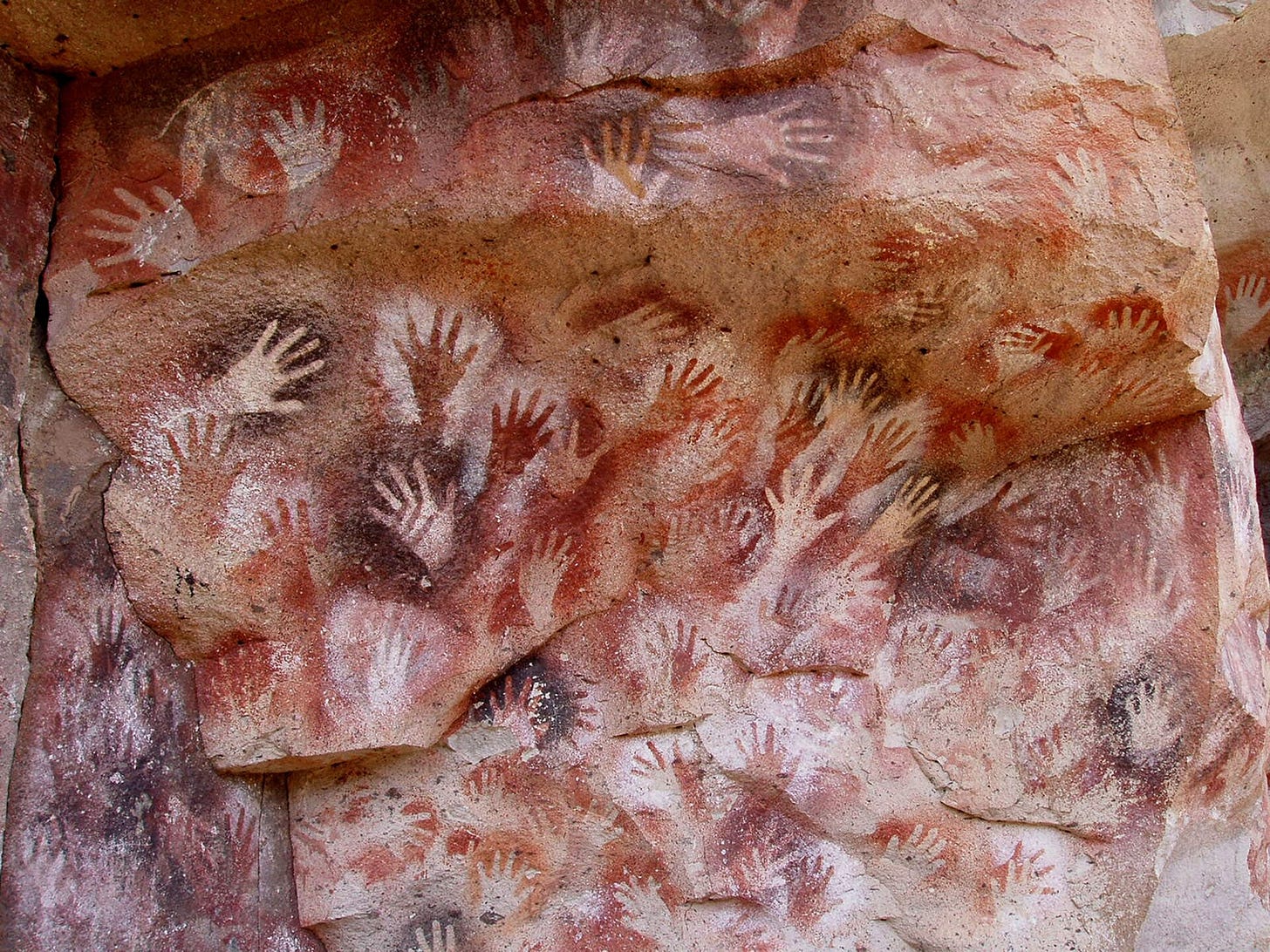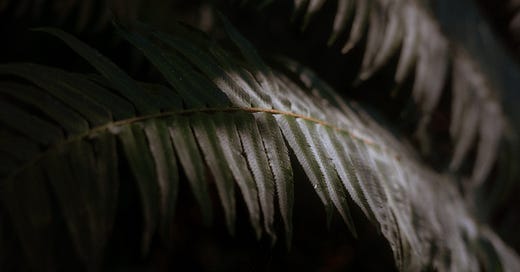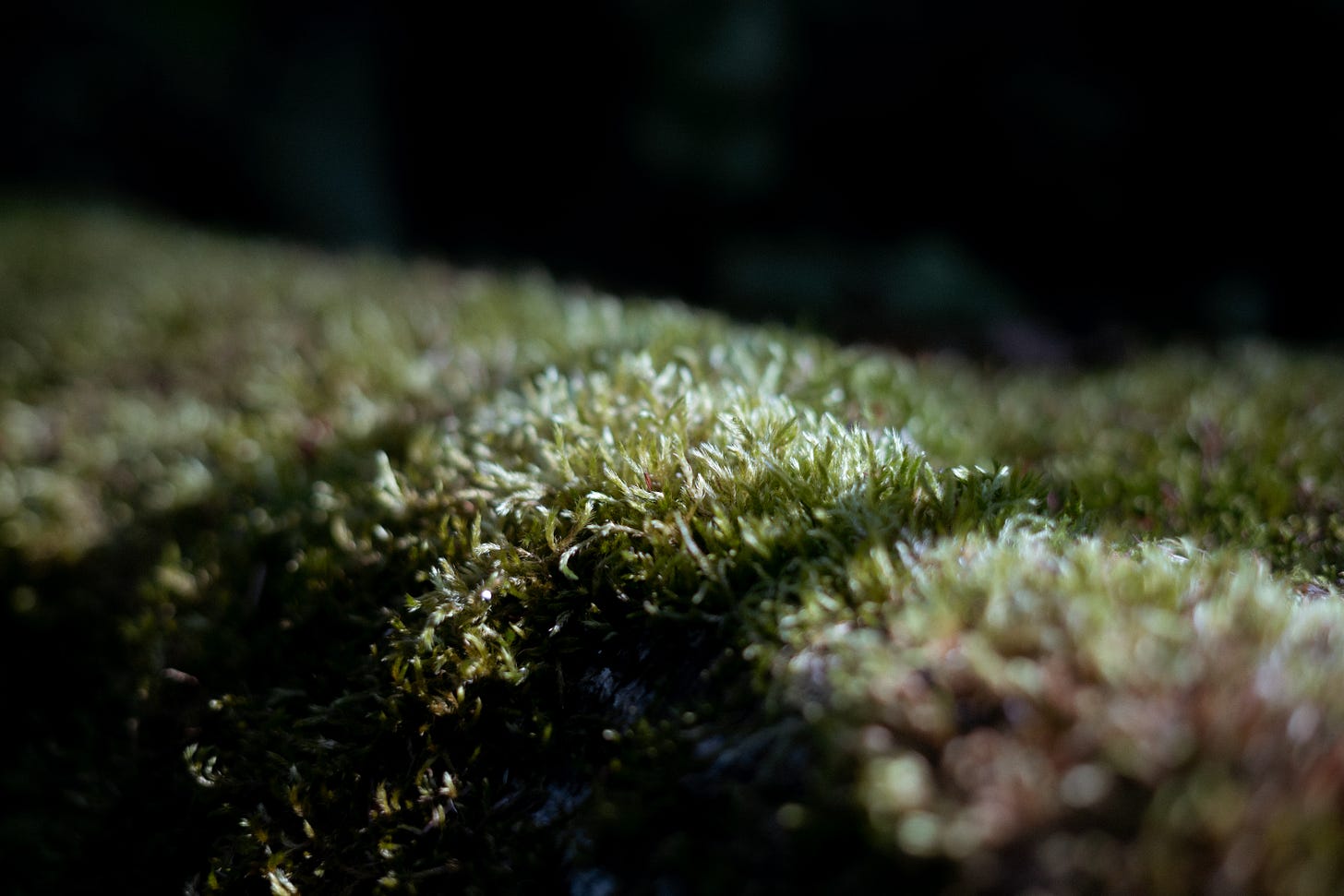It Will Take Effort and You Will Suck (At First)
Effort, growth, cave paintings, and personal work.
Beginnings are difficult. I'm not talking about the spark of inspiration—the seed. That part can happen spontaneously and delightfully.
What I'm talking about is the first effort.
Take the first year of design school, for instance. It's designed to weed out the uncertain. Instead of encouraging creativity and freedom, you're made to follow the rules, understand foundational skills, and endure painstaking exercises that still make me sigh when I think about them. This is where you quickly discover if design is really something you want to pursue. Rather than being allowed to touch a computer, you hand letter. You use spray mount, probably wildly unhealthy and still in my lungs, to mount projects to boards. You use blue pencils to sketch so they don’t show up in scans, and x-acto knives to carefully cut. Everything by hand. You must maintain a sketchbook filled with hand-drawn work, ideas, and logos to show your process. From drafting meticulous lines with a T-square to building a comprehensive portfolio of sketches, it's a rigorous process meant to instill discipline and precision.
The same goes for your first date. It's exciting, and the person seems mysterious and alluring. But building a true connection takes vulnerability, effort, and time. It means learning more about yourself and putting yourself out on a limb. Not every relationship is meant to last, but the effort you put in can make it deepen and become meaningful.
The first effort is part of the process.
Reframing how we relate to this effort can be what allows you to finally finish that project, launch that idea, or deepen that skill.
You are, in fact, going to suck at first.
The key is understanding what attracts you and why, then pursuing the things that enliven you the most.
And then keep practicing. Be honest with yourself about what needs improvement and focus on those areas. Simply repeating for the sake of consistency is only the first step; you need to actively work on improving with each iteration.
I write every week for this reason. I don’t always have an idea. In fact, I'm making this up as I go because this week, I didn’t have a spark of inspiration like most weeks. But that doesn’t stop me from sitting down and writing. My writing time is short, precious, and not to be squandered.
What's the alternative? Not create? Not write?
Why? Because it was too hard? Because I didn’t know what to do?
Most people have no idea what they are doing. And we all think it’s tough. Some of us just keep going, and we suck, until we don’t.
And of all things to call tough, we’re talking about writing, painting, photography. Pursuits of the imagination.
I’m not asking you to literally climb Everest. I’m asking you to gift yourself the time to apply effort towards your own dreams and not quit right away.
Yes, some things you will quit, but this is likely part of the process and evolution. I look back at projects I was excited about and tried to make happen, but the resistance was not linked to skill but to realizing it was not the right time for them. I learned something about myself, about others, about the process.
As you put pen to paper or pick up your camera, remember that it’s the effort that often leads to the most meaningful results.
Embrace not knowing the answer, not having the skill (yet), or knowing what the final result will be.
This is what it means to be an artist. You are tapping into a deep-seated ability of humanity to bring forth an idea of the mind.

Humans have been creating art since the beginning. These hand stencils, from around 9500 BC, are over 11,500 years old. You and I are part of a long lineage of humans who feel the need to bring forth an idea. We don't know what they were thinking when they left their imprint, but they left it, and here we are, still gazing and wondering. You never know what will leave a mark on time.
Ok, since I am revisiting my art history textbook, I won't leave it at 'we don't know.' Instead, here are some theories:
Religious or Ceremonial Purpose: Some research suggests that the hand stencils may have had a religious or ceremonial purpose as well as a decorative one .
Desire to be Remembered: Merry Wiesner-Hanks suggests that handprints indicate the human desire to be remembered or to record their presence .
Prehistoric Shamanism: Jean Clottes challenges the remembrance theory, asserting that prehistoric shamanism is the most plausible explanation for the artwork, as part of ceremonies about which we will never know anything, although this hypothesis does not explain everything .
Boundary Markers: Another hypothesis posits that the art served as boundary markers between peoples, indicating territoriality and ensuring cooperation by functioning as aggregation sites .
Hunting Magic: Alan Thorne suggests that the hand stencils might have been created as part of efforts to influence the number of animals available to be hunted, as part of hunting magic .
Cultural Significance: Regardless of the exact purpose, the fact that many people gathered in one place to contribute to the rock art for such a long period indicates a large cultural significance or at least usefulness to those who participated .
Personal Work
Moments from a walk in Strathcona Park on Vancouver Island.
Hey you made it to the end! I have a little secret for you. I horde SD cards….
I am working on decluttering this year.
Corey and I might be moving in a year, still unsure.
Looking around, I cringe at the thought of moving yet again with items I do not love. With three large moves under our belt, it's time to finally let go of random unloved items. This led me to start looking at clutter not only in the physical sense but also mentally and digitally. So, I've committed to finally organizing my pile of SD cards. They either need to be treated like film negatives and well cared for or cleared and formatted.
Now, before you judge me, I do love having access to my trips through an SD card. More than once, I have revisited them to try a new edit or remembered that I actually do have a photo of something, but for some reason, during the original cull, the photo didn’t make it to an edit.
So, yes, I am that photographer. I love holding on to stacks of SD cards and fear formatting them.








Your writing reads very well Ula. And you are very right in what you say - we need to allow ourselves to experiment, to fail, and persist with the things that intrigue us. The failure bit is important - I think we learn much more through this. If inspiration is reluctant to appear, I find that going for a walk often helps.